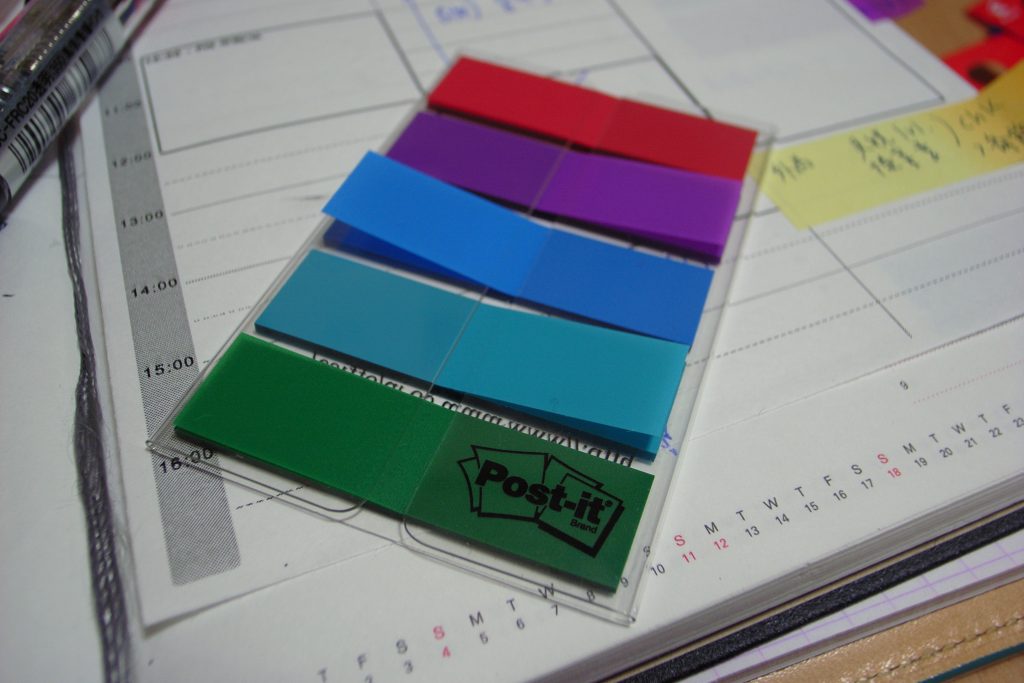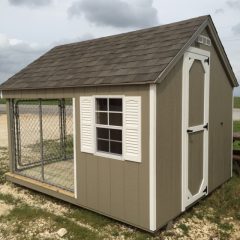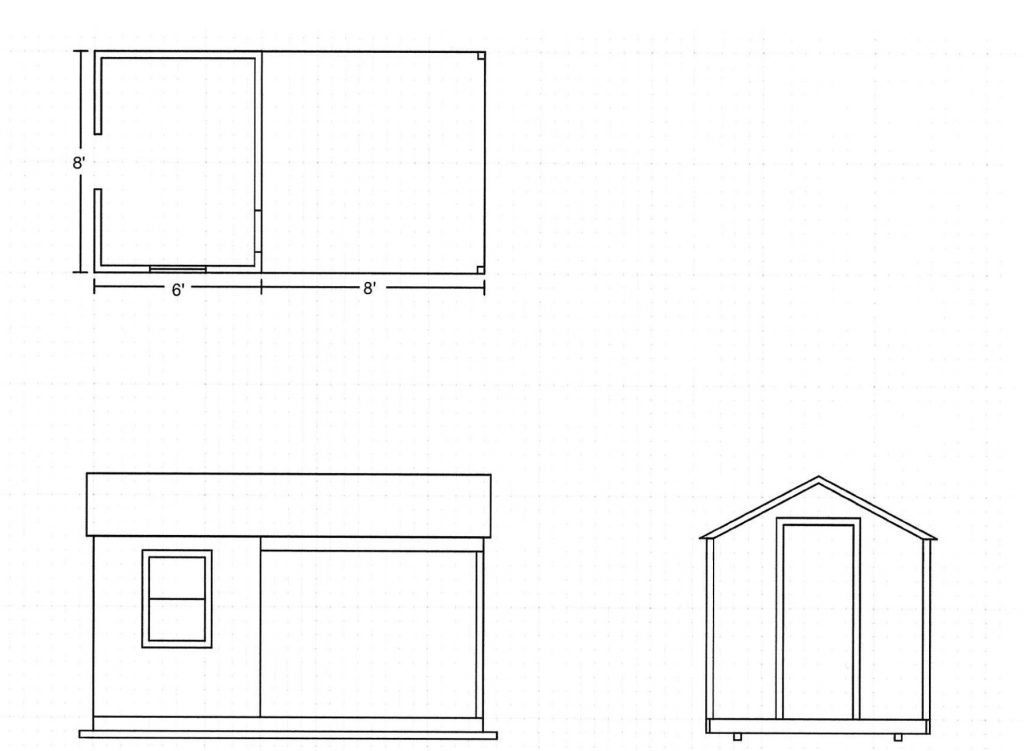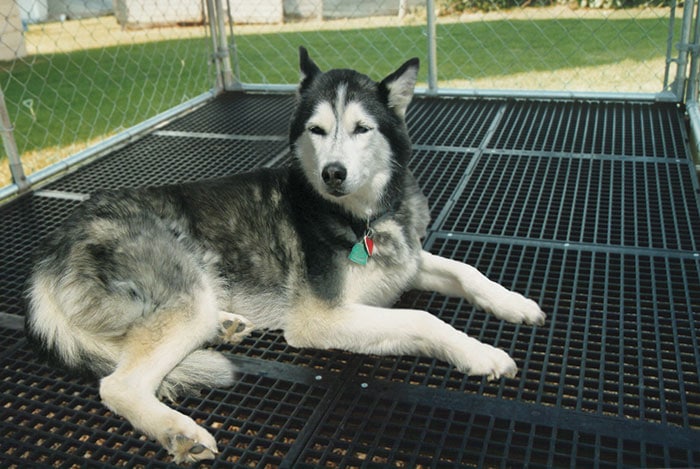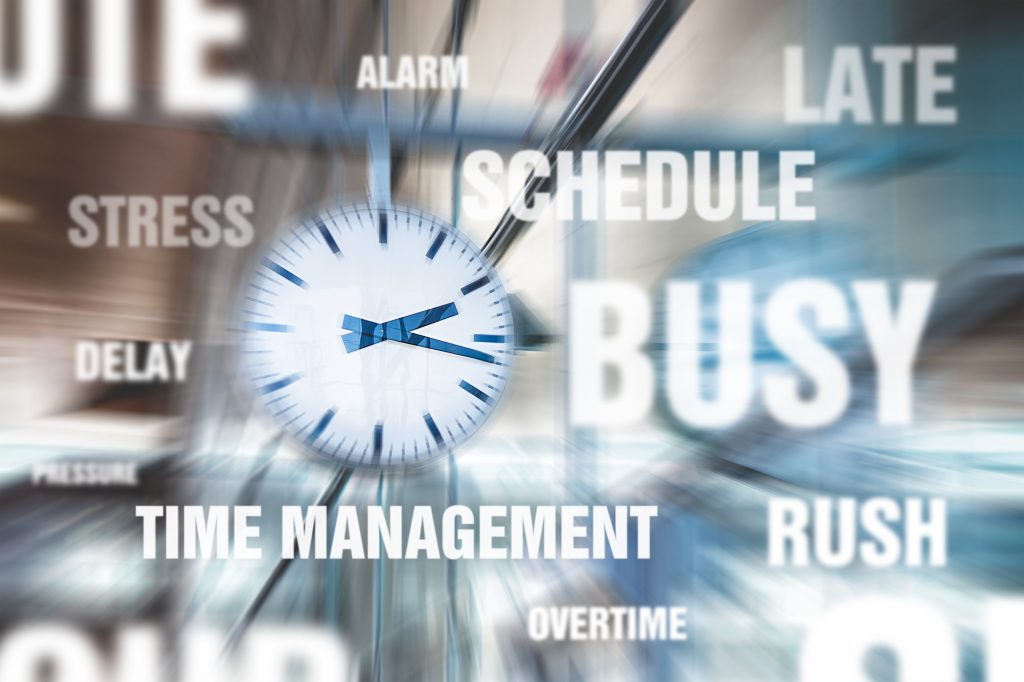The Important Thing is to Get Clear on What Your Priorities Are
Scheduling is something that most of us struggle with. We plan out our day and then something happens to mess up that perfect schedule. As the day comes to a close, we beat ourselves up because we didn’t get everything done.
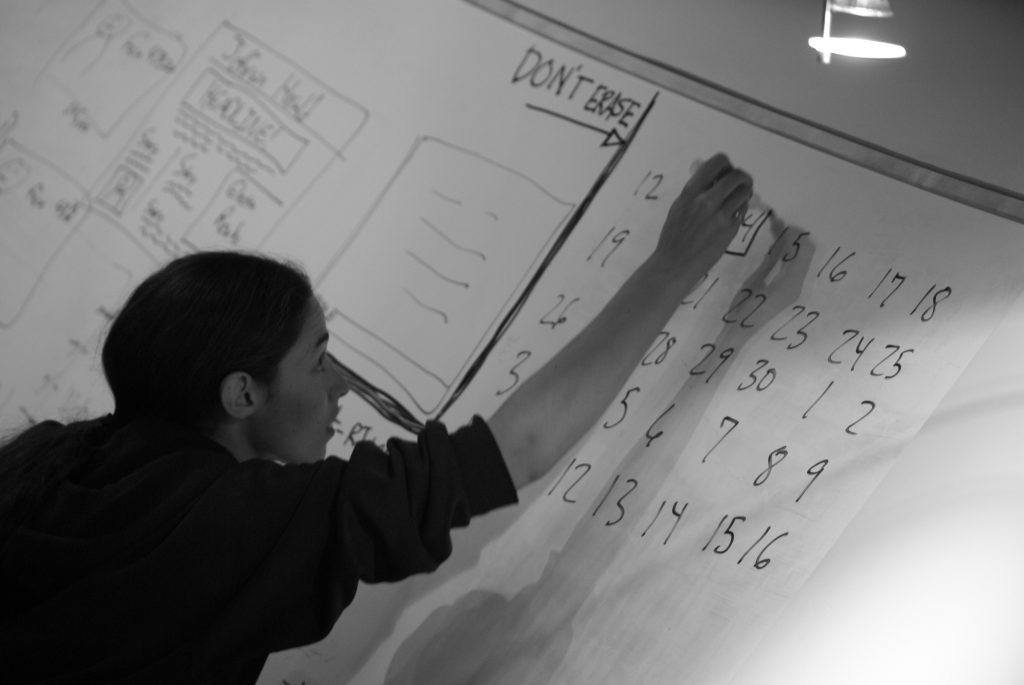
Why is it that we think we can do more than time allows?
Being too busy is a self-inflected problem. We all have a fixed amount of time. Why is it that we plan to do more than time will allow?
I’ve determined that I’m more productive when I overschedule my day. It creates a since of urgency and I get more done than when I don’t. I just have to remember at the end of the day to give myself grace for the things I don’t get done.
Another scheduling problem is the unexpected.
We already have an overscheduled day and then it happens…we end up with scheduling fires that need to be fought. There is no question that life happens and there will be unexpected fires to put out.

Yesterday I dealt with a schedule explosion. I had a day fully planned and unexpected, unplanned things kept coming up.
Fighting the hottest fire isn’t a very good scheduling system.
This is reactive scheduling. It’s much better if we schedule proactively.
The important thing to remember is that we have control over what we choose to do. Even if someone is holding a gun to your head, you have the power of choice.
So…if you have the power of choice…it’s up to you to choose wisely.
You can choose what you’re going to do and when you’re going to do it. Granted some scheduled events are out of your control. But you can choose if you’re going to attend or not. You can pick one event over another. You can decide!
This power of choice is the key to scheduling.
The problem is that too many people aren’t clear on their priorities. Determining what the big rocks are is critical to scheduling. You need to determine what your mission is and align everything around that.

I don’t mean to make it sound like knowing your life’s mission is an easy thing. It takes time and effort to find it. Sometimes it takes a life changing event like being hit upside the head with a board.
Priorities are the difficult part of this.
What makes one thing a priority over another?
This is something that is different for each of us. My priorities are not yours.
The important thing is to start figuring out what your priorities are and never stop.
Back to yesterday’s schedule…
I had planned to write this blog post yesterday. As the day progressed, more and more things continued to come up. I would move things around on the calendar as needed. (Gotta love that digital calendar. 😉)
From a position of life’s priorities…those things that popped up were more important at the moment than writing this post.
As I look at today’s calendar, I’m sure things will get changed as fires pop up or new opportunities present themselves.
If we start with a clear vision, know our mission and prioritize accordingly, we can be flexibly rigid with our schedules.
This clarity of priorities makes scheduling much less stressful.
